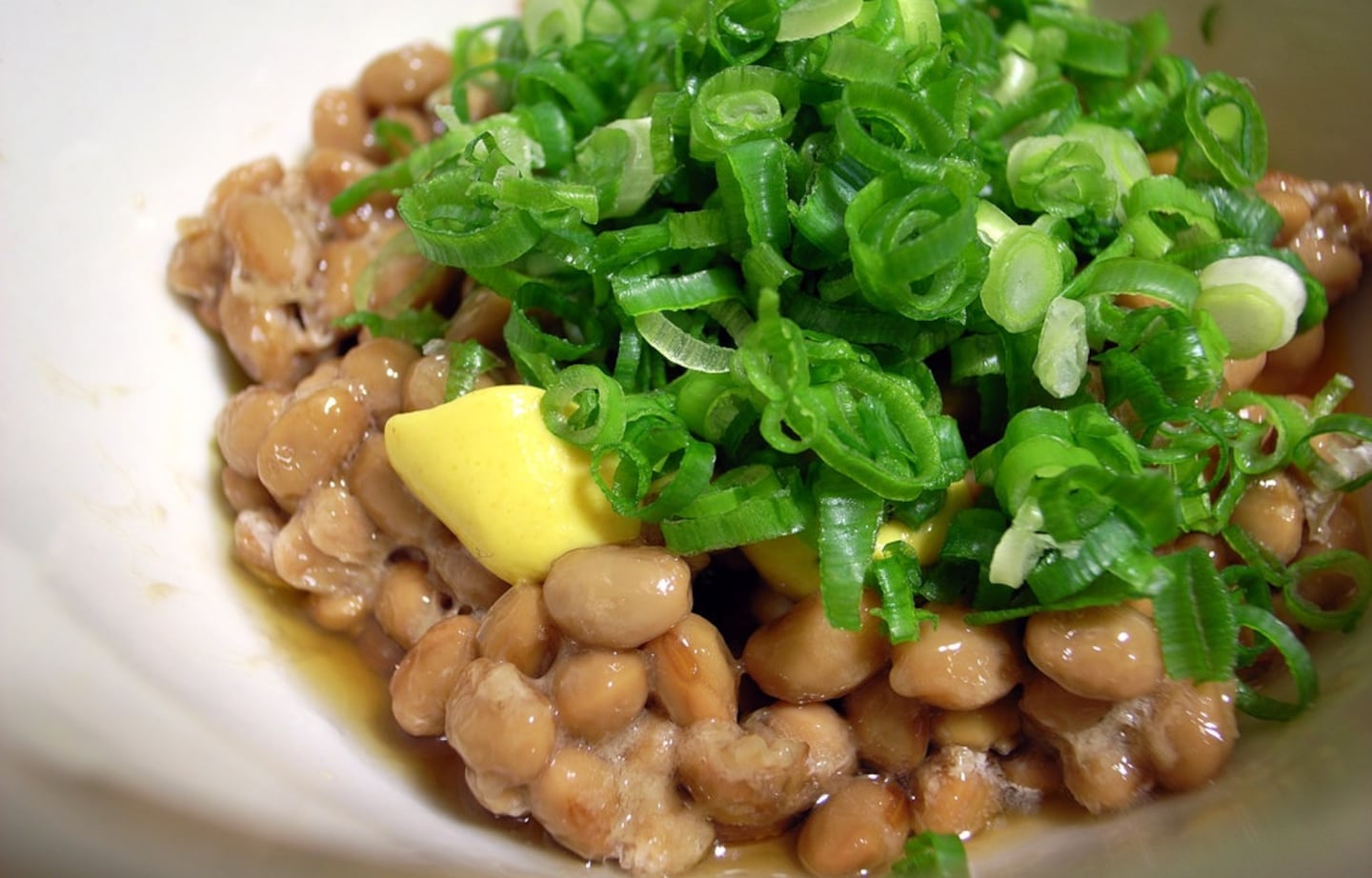7 Japanese Foods Beyond Sushi
Although sushi may be the unofficial representative dish of Japan, there’s so much more to explore. From healthy and sensible to strange and decadent, here are seven Japanese foods you may not have known existed but should definitely try when visiting!
By Lucy DaymanNatto (fermented soybeans)
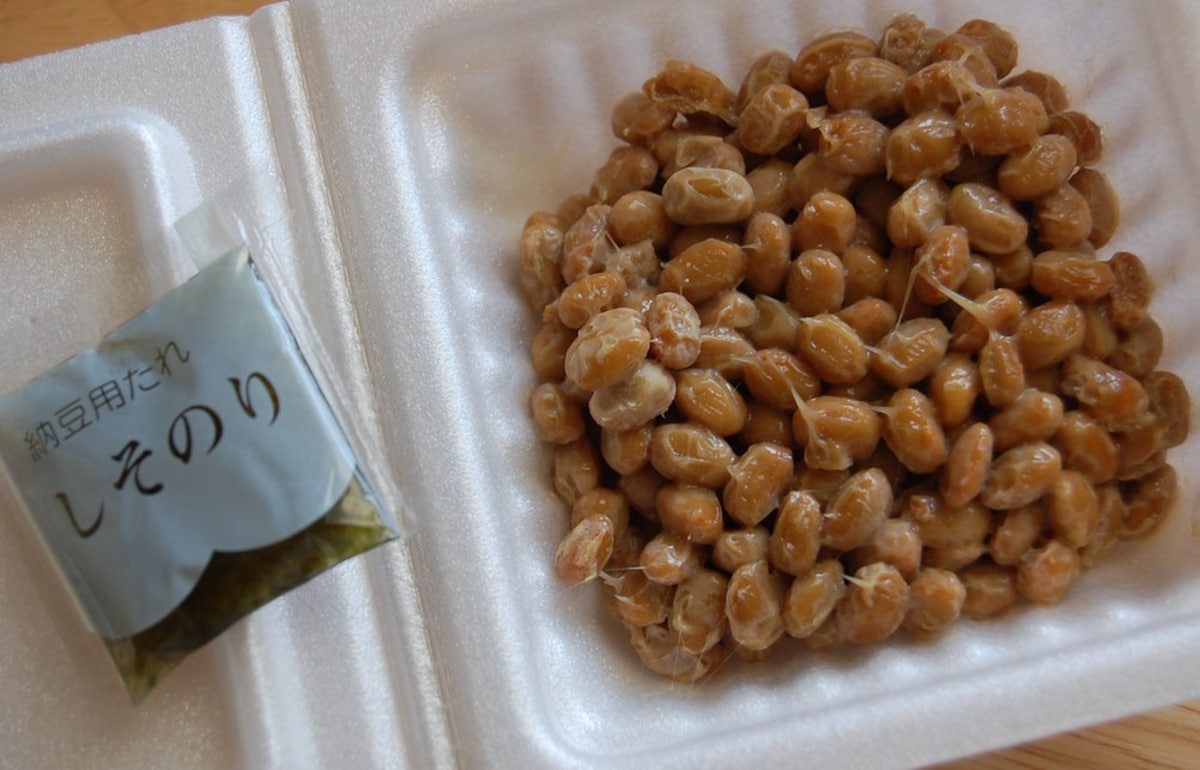
https://www.flickr.com/photos/bokchoi-snowpea/4557647319/in/photolist-7WK8Lc-7kotEt-zkprg-5hNoq-aMzUU-9omkTk-2MbCkP-7rbTkZ-7r4xVa-fBFUZx-7KG7v7-yKXZk-9vQs1X-6es5nN-4M3Mg8-8LQ1hP-8cXqCx-qQT5x-6uo2xZ-2Pckna-8AY5NT-iH6La-iH8n9-5oUmqy-9Dy6ji-iH6L9-98KHzR-2PgP
Let’s begin with one of the most common and divisive food items on the list—natto. A straight-up "love it or hate it" type of dish, natto is sticky, somewhat slimy fermented soybeans with a smell that's... well, incredibly distinctive. It's easy to think of natto as Japan’s version of stinky cheese, in that it's very much an acquired taste. It's typically eaten as a side dish, or on rice for breakfast. Either way, this probiotic-rich dish is meant to have incredible health benefits.
Basashi (raw horse meat)
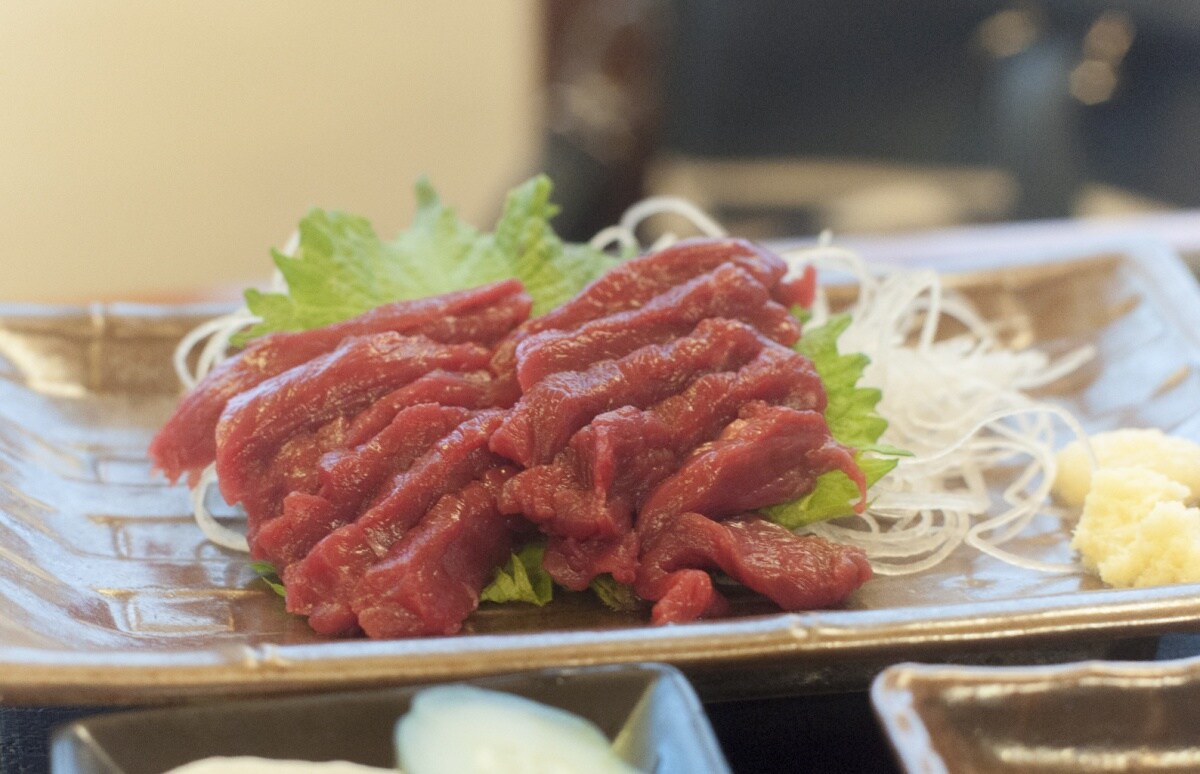
Basashi (literally "horse sashimi") is a dish that can be hard to stomach for those who grew up with horses as pets. There are many of regions around Japan where basashi is considered a delicacy. As such there’s a number of ways to enjoy it, though raw is most typical. It's served freezing cold, and enjoyed with a little bit of soy sauce just like sashimi.
Ika Ikizukuri (dancing squid)
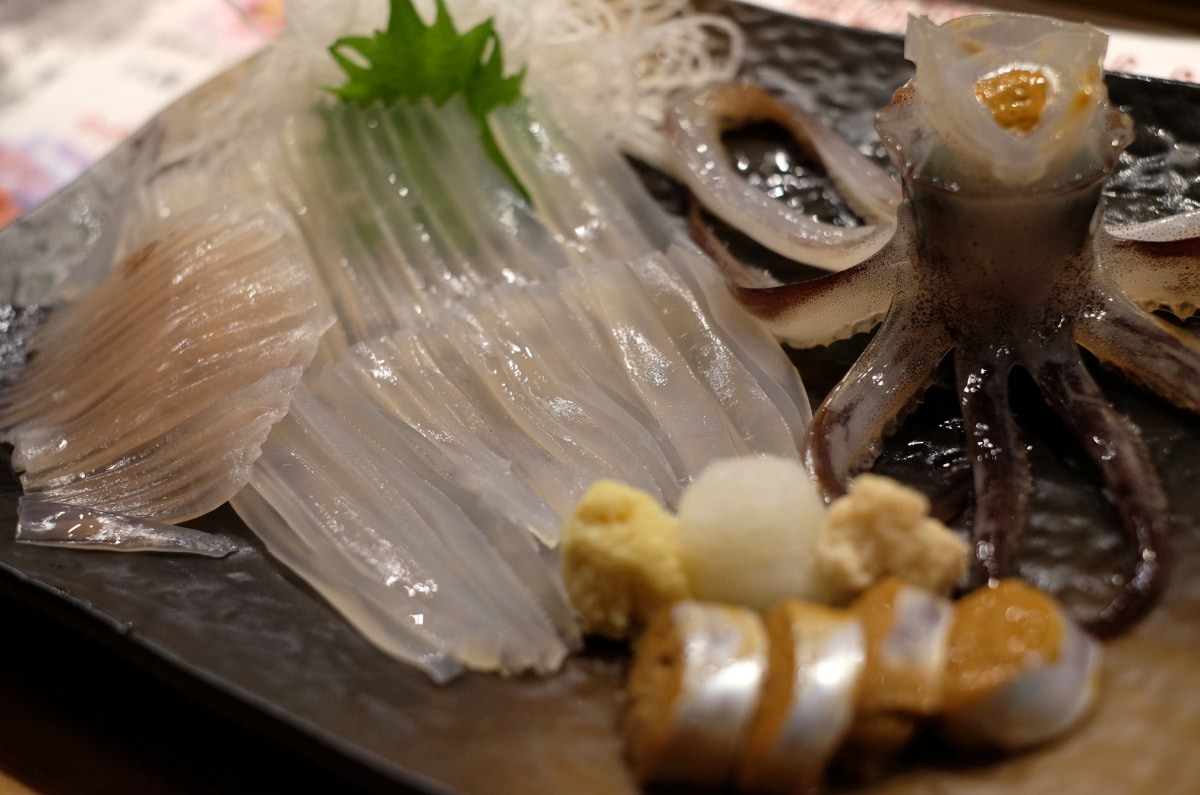
https://www.flickr.com/photos/jseita/15256750714/in/photolist-famnL3-RtKZw6-GnzcPE-8fF9Pw-7N7Vou-UoFJCx-56zPjR-G1afXT-5DrEsr-qJk26g-5ADg4F-mUBu8-mUBvM-8NPiBz-5DvYg3-5DvYeC-pfbQs7-5x43Cu-WgPocR-aQpnQV-VTbuRC-5cUpgH-81dfpt-JWadb-9AHqe6-UoFJFZ-V34yHo-6Mxao4-
Another one not for the squeamish, ika ikizukuri is fresh squid that’s so fresh you’ll be able to feel its tentacles tickle the inside of your mouth as they wriggle around. The term ikizukuri refers to the cooking style, in which the seafood in question is killed just before serving. Although the head and brain have been removed from the squid, its nerves are still active and react to the salt combinations in soy sauce, which causes it to move as if still alive. Ikizukuri is outlawed in both Australia and Germany for ethical concerns.
Age Gobo (fried burdock root)
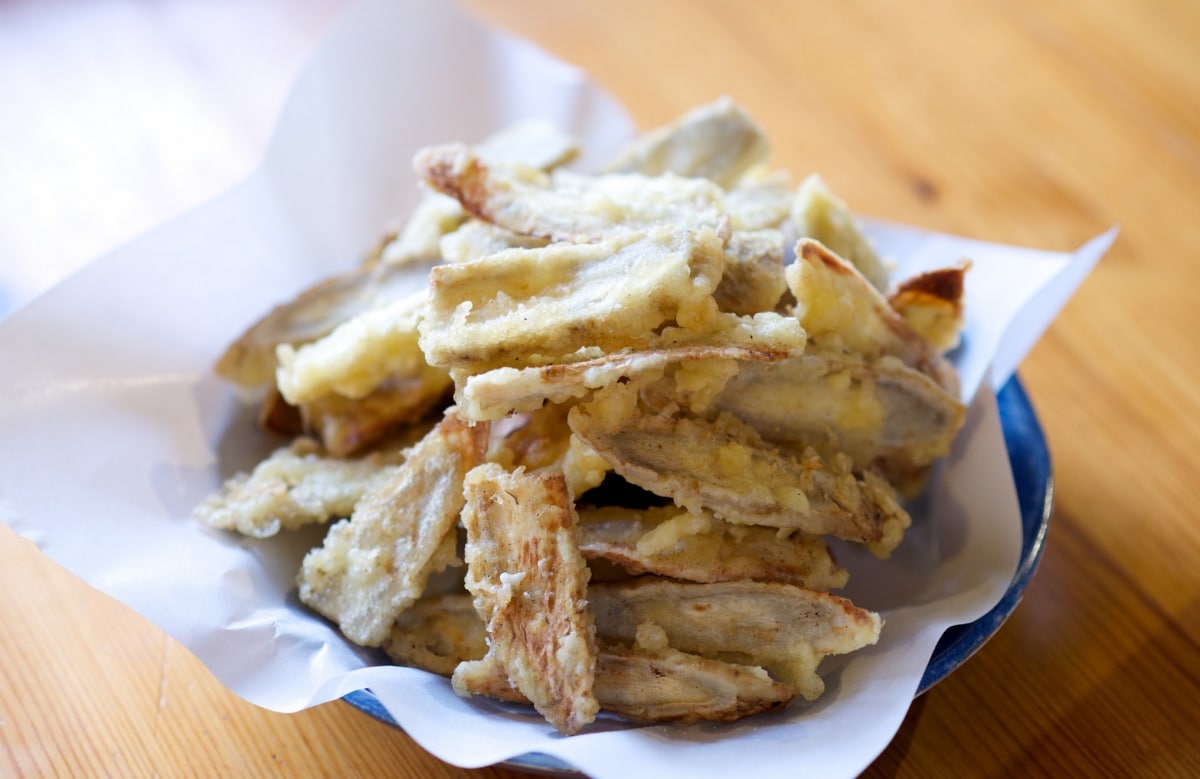
https://www.flickr.com/photos/jseita/14006056096/in/photolist-9EVXHe-7jPjw2-2jmRpK-5g8iLH-qtDYt2-qeJB9G-nkEGvN-6cVcnF-iN4amn-5KVRho-gCjsH1-8HHLqp-gXgBwV-6k4RCv-6dJJ6H-5Tszqe-7sofs9-5SYopB-9JiJbo-7ew4Km-va4TQj-zivkTh-7z5tjx
For something a little more mainstream—but still somewhat rare in the west—be sure to try age gobo. Gobo, or burdock root, is a root vegetable that's native to Japan and quite ubiquitous in Japanese cooking. After being torn into long, thin strips, the root is coated in tempura batter and fried. It has a savory taste that's sort of like a potato/sweet potato hybrid. Either way, it's a low-calorie alternative to other fried foods, and the perfect snack while drinking ice-cold Japanese beer.
Yakisoba Pan (fried noodle bread)

https://www.flickr.com/photos/imuttoo/230640214/in/photolist-nF4Ddw-9QxaTL-nk4PjH-niAB45-dsdCcj-aQPPFv-nsbPdM-mo6iq-9bKNsB-5dASEL-71idaD-5QHmms-cFEB1Q-2Bf3t-aQPNQH-7aC87Y-GYNMKR-xoCugC-LUcN54-x8RftT-26pPiyn-y7rbh5-mo6fJ
This one is strange, but endearing and mundane. Yakisoba is a classic fried noodle dish that's a staple at most festivals. And pan is simply bread. But when you put them together you get an unholy hybrid—a noodle sandwich! It's the ultimate comfort food for those not constrained by the fear of carbohydrates. The best part is that you can typically pick these up from most convenience stores, which makes them a great snack on your way home from a night out.
Uni (sea urchin)
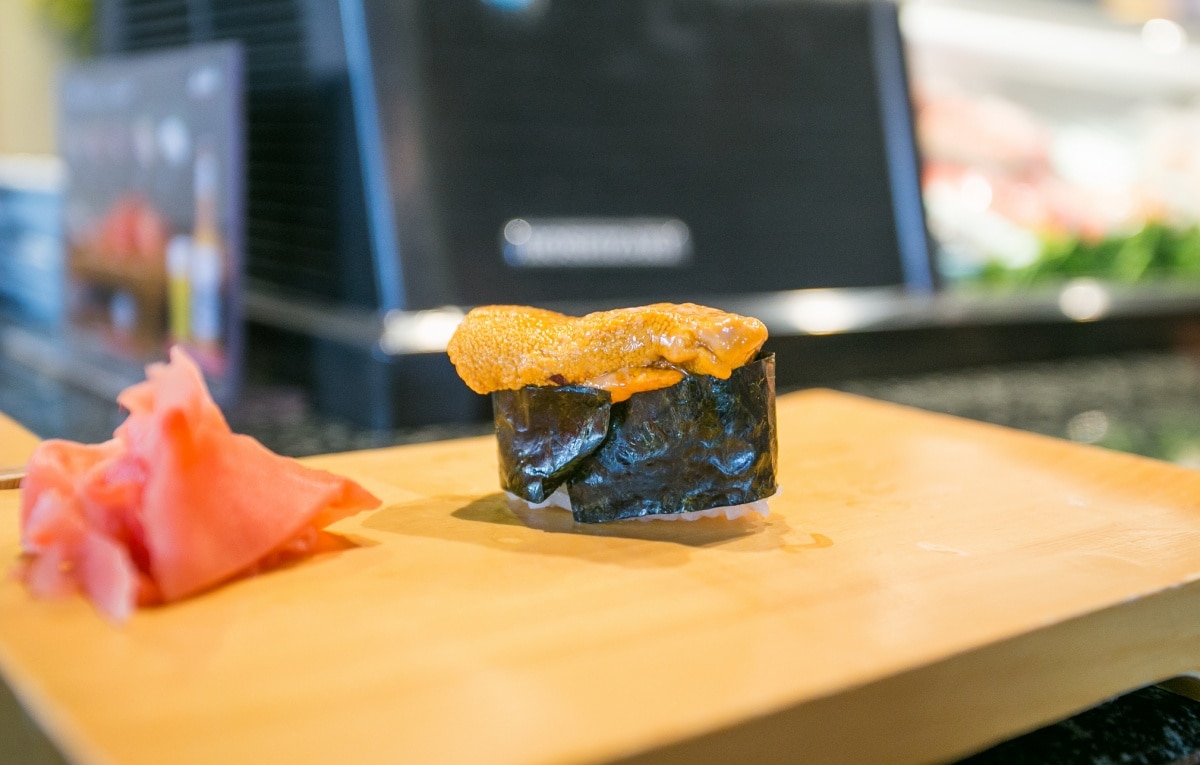
https://www.flickr.com/photos/cityfoodsters/9697695364/in/photolist-fLXdYd-UWu2ng-7LjsZp-gCrRyZ-5iAALa-xrbPE-9eykYh-uGhSN-7PPnqP-4mzEQS-214jYQM-o44uaA-iB8X7s-fLXe2W-61TH8Y-5cXsyY-4yHZZ-aLiUvv-6i8cxc-8D6fwn-qxzDZk-9DrCz-3JXddC-qmu1Hy-7D4wBE-6icn5S-7LorzJ-u
Uni is sea urchin, and although it isn't much to look at, it's undeniably delicious. If you've never tried it before, uni boasts an unctuous, briny flavor unlike anything else. It's a little salty and a little sweet, and rather delicate. While the texture can be off-putting for some, the custard-like creaminess is a big part of why some people like it so much.
Kare Pan (curry bread)
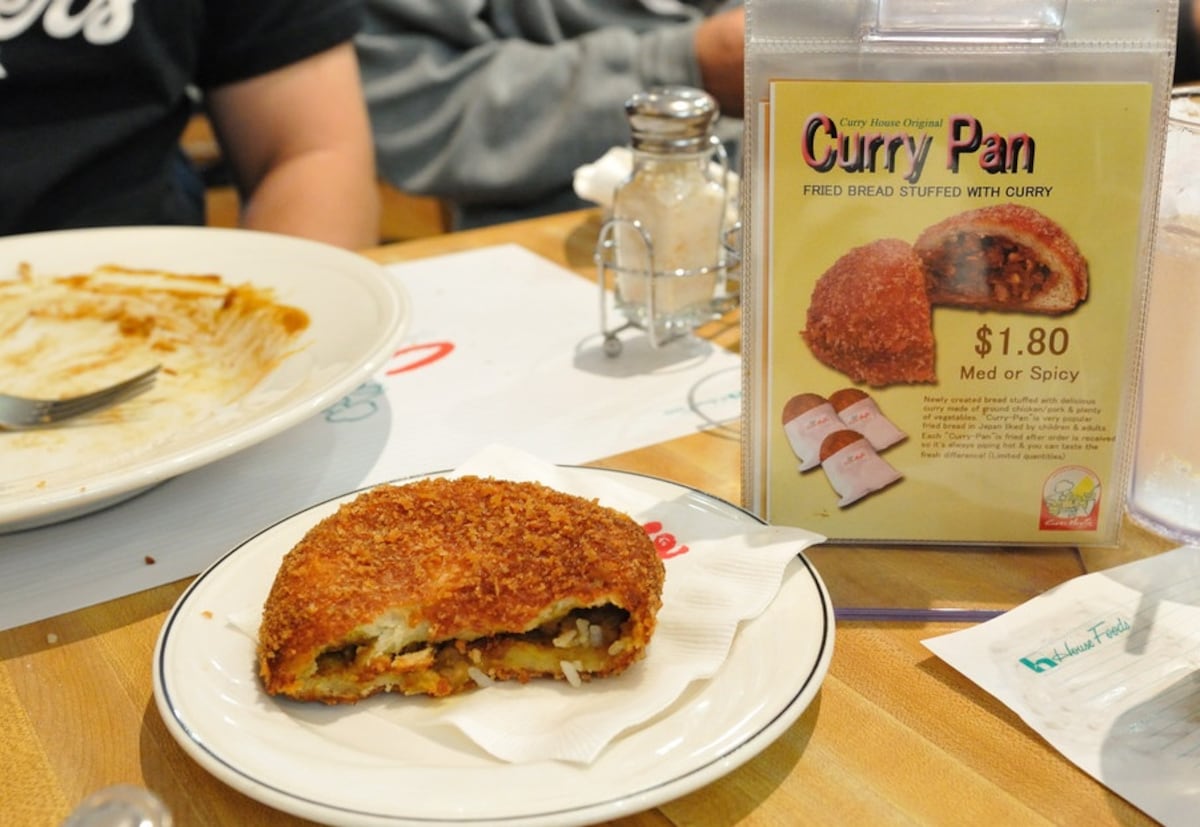
https://www.flickr.com/photos/saechang/4621068634/in/photolist-21A2TDw-QGsf9j-234dW9z-azG8tn-NxTNEs-83mbH9-3drigg-nGxRCY-27hsf54-adRCUJ-LK2VR-9hm2jK-qqr57D-coAJow-5V2cL5-bjipXv-5NSreK-7LS9F-r37mMh-7cjyo-4wwRGT-5UpdFv-9ayHJD-dgMH4F-B7cwA-LRZuD-7MMSrV-ciHh3
Just like yakisoba pan, kare pan is another Japanese creation that’s just that basically so wrong that it’s right. Japanese curry is one of the nation’s most widely enjoyed dishes, and is little sweeter and less spicy than its Asian and Indian counterparts. Kare pan is a fried, doughnut-like bread roll filled with liquid curry. You can usually find them being sold by street vendors during festivals, at small stalls around cities or at your local convenience store. They're super tasty and will definitely put some meat on your bones.


